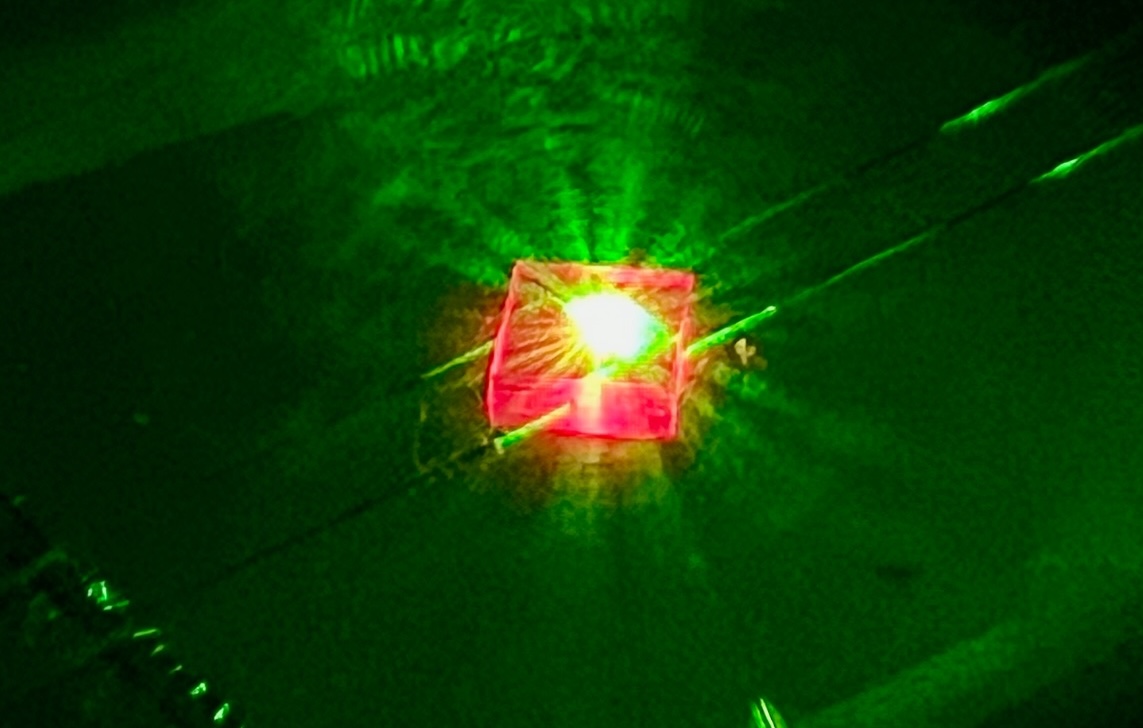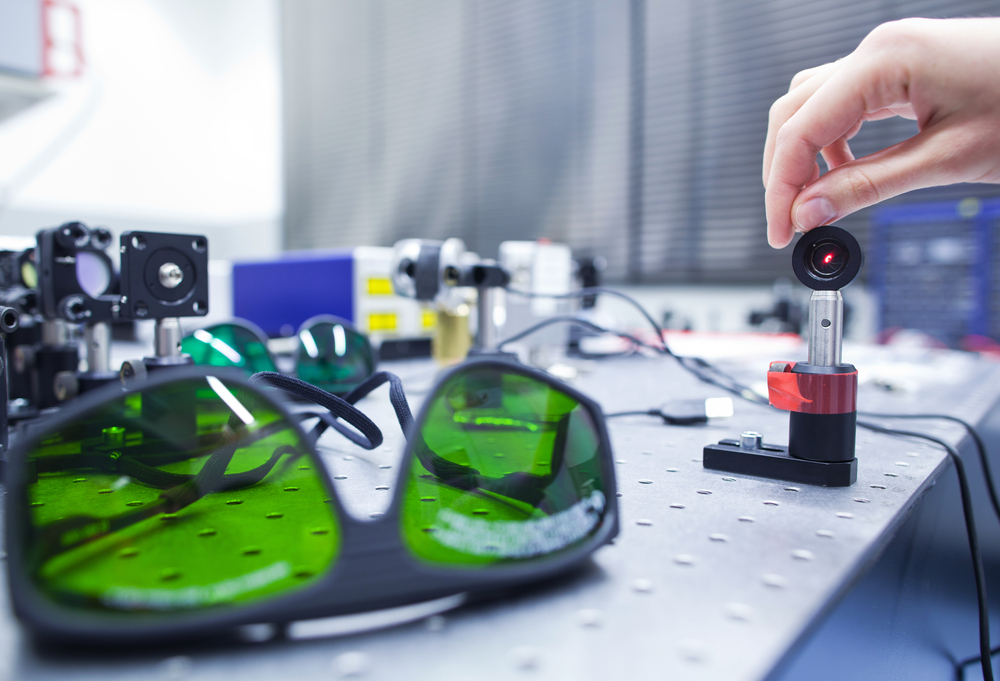Researchers at Washington University in St. Louis have achieved a milestone out of a science-fiction blockbuster. They have created a new phase of matter in an innovative type of time crystal called a “discrete time quasicrystal”. Their discovery challenges previous theories about motion and time, and opens up doors to potential advances in industrial automation and signal processing.
“It’s an entirely new phase of matter”

Time crystals were first invented in 2016, but the team at WashU expanded the concept into a “time quasicrystal”. To understand what they are, think of crystals like quartz or diamonds. The highly organized structures in their cells create a distinct shine and shape. The carbon atoms in diamond interact with each other to form predictable, repeating patterns in space. Meanwhile, time crystals form repeating patterns over time. They vibrate or “tick” at constant frequencies; this makes them crystalize in all three physical dimensions and the time dimension. Think of them as clocks that don’t need batteries or winding. However, they are not so handy in practice, being fragile and sensitive to breaking from their surroundings.
Now, the WashU researchers made a time quasicrystal. “It’s an entirely new phase of matter,” said Chong Zu, assistant professor of physics, in a press statement. Quasicrystal is a recently discovered substance, with a highly organized structure that does not produce the same repeating pattern in every dimension. As a result, time quasicrystals vibrate at multiple frequencies. In musical terms, time crystals play one predictable note but time quasicrystals play a chord. “We believe we are the first group to create a true time quasicrystal,” said Zu’s graduate student Guanghui He.
Read More: Some Condom Lubes Contain Concerning Amounts of PFAS ‘Forever Chemicals’, Study Finds
How to make a quasicrystal

“In our study, we realize a conceptually new phase of matter, the discrete time quasicrystal (DTQC), which extends time crystals into a quasiperiodic regime,” wrote the researchers in their study published in the journal Physical Review X. They had built the quasicrystals inside small diamonds. They sent beams of nitrogen over the gem to remove carbon atoms, leaving minuscule spaces for electrons to move around and interact with each other. The time quasicrystals within the diamond are made up of these spaces. Each quasicrystal is about one micrometer and invisible to the naked eye. “We used microwave pulses to start the rhythms in the time quasicrystals,” said co-author Bingtian Ye from MIT. “The microwaves help create order in time.”
Practical uses of quasicrystals

This new phase of matter goes beyond the intrigue of quantum physicists and sci-fi writers. Time quasicrystals may have future practical uses. For instance, they may replace quartz oscillators that keep time on electronics such as computers and wristwatches. Current models tend to fall off rhythm and need re-calibration. Meanwhile, a time quasicrystal may be able to be more consistent and energy-efficient. However, researchers will first need to figure out how to read and track the signal. In other words, how to tell time with a time crystal. As of now, they can only make them tick.
Quasicrystals may eventually power computers themselves. In theory, time crystals can continue to tick without losing energy, so they are an attractive potential addition to quantum computers. “They could store quantum memory over long periods of time, essentially like a quantum analog of RAM,” said Zu. “We’re far from that sort of technology, but creating a time quasicrystal is a crucial first step.”
Read More: Adrift in Space: New Rogue Planets Found Without Host Stars

